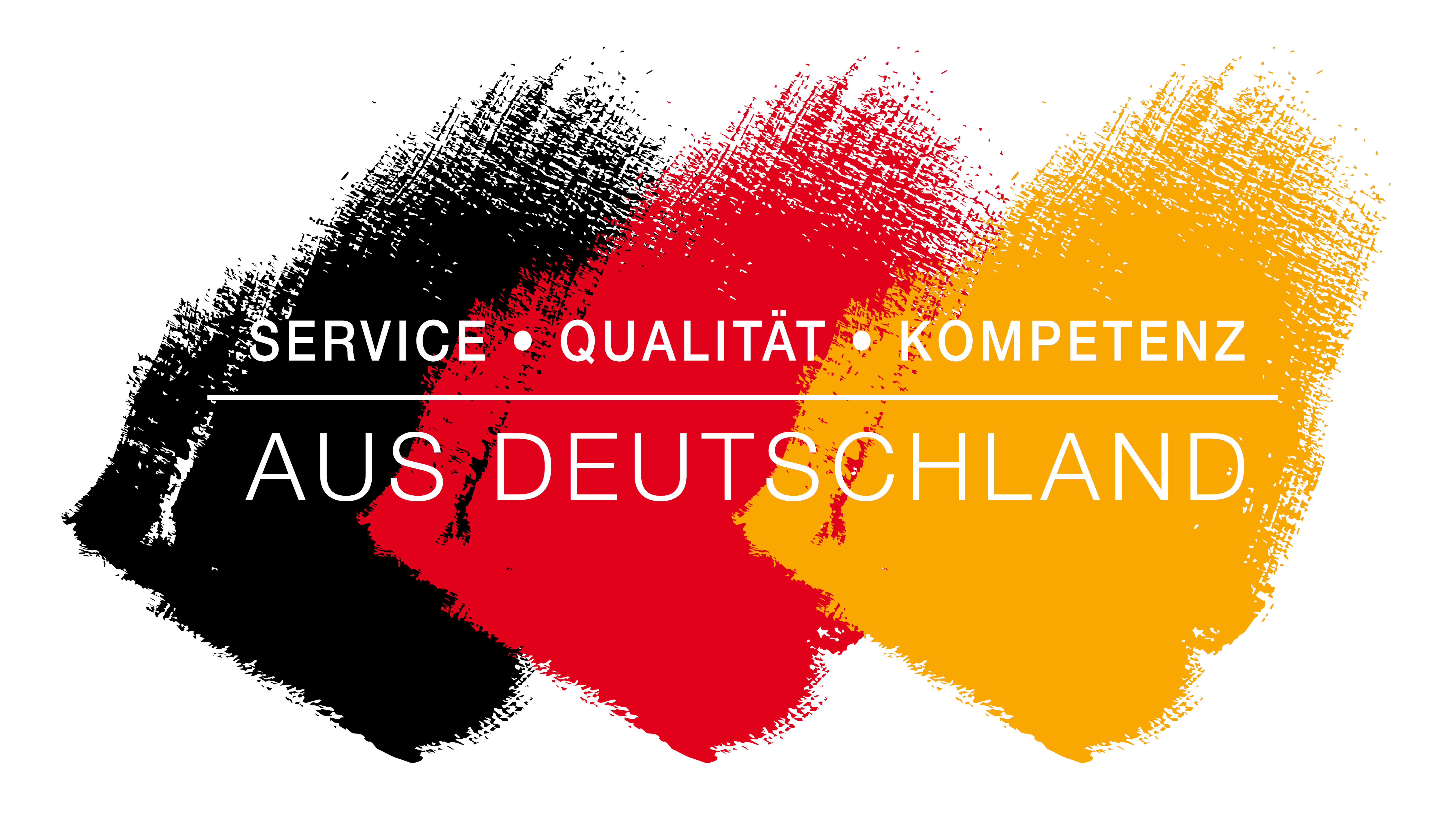Authorities & Education

IT security in public institutions: identifying risks, protecting administration
The ongoing digitalization of the public sector opens up a wide range of potential benefits – from more efficient administrative processes to data-driven decision support. Information technology is a key driver in this process, whether it be the networking of government agencies, digital communication with citizens, or the automated processing of sensitive administrative data.
A key step is the increasing integration of different administrative systems and networking with higher-level infrastructures – both in the area of classic information technology (IT) and in special control and monitoring systems for critical infrastructures. This networking increases efficiency, transparency, and service quality – but also brings with it new security challenges:
The different requirements of administrative IT and specialized systems must be combined in a holistic security concept. While critical systems in public authorities depend primarily on stability, availability, and integrity, traditional IT often focuses on scalability and functional diversity.
IT security in public authorities – challenges and areas for action

Security as the foundation of digital administration
Government agencies process highly sensitive data on a daily basis and, according to the BSI Situation Report 2023, are the target of several hundred cyberattacks per day – and the trend is rising. Threats such as ransomware, DDoS, phishing, and social engineering jeopardize the integrity, availability, and trust in government services. The attacks are often carried out by organized criminals or state-sponsored actors with goals such as espionage or extortion.
Key challenges:
- Heterogeneous IT landscapes: Many independent systems and platforms complicate the security architecture.
- High data protection and compliance pressure: GDPR, IT Security Act, BSI basic protection, eIDAS.
- External service providers & interfaces: Increased risk due to uncontrolled access.
- Legacy systems: Old systems are difficult to integrate into modern protection concepts.

The need for a comprehensive protection concept
Modern security management in public authorities includes:
- Complete recording and control of all systems and accesses
- Early detection of anomalies and potentially dangerous activities
- Clear segmentation of sensitive data and communication areas
- Regular review of compliance with legal and regulatory requirements
- Integration of security measures into existing IT and organizational structures
Objective
Security strategies in the public sector must be designed to detect attacks at an early stage, minimize their impact, and maintain the operation of critical administrative services under all circumstances. A high degree of transparency, reliable control mechanisms, and continuous adaptation to new threat situations are essential for this.





